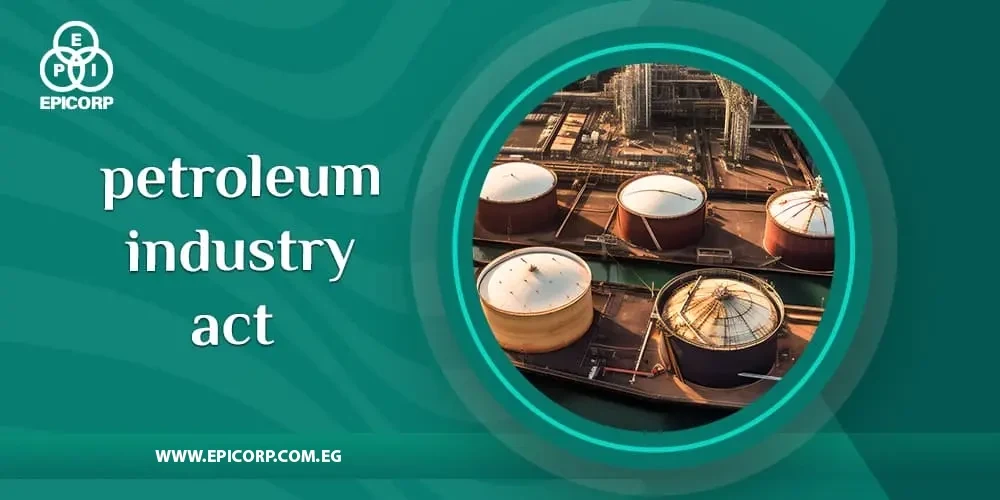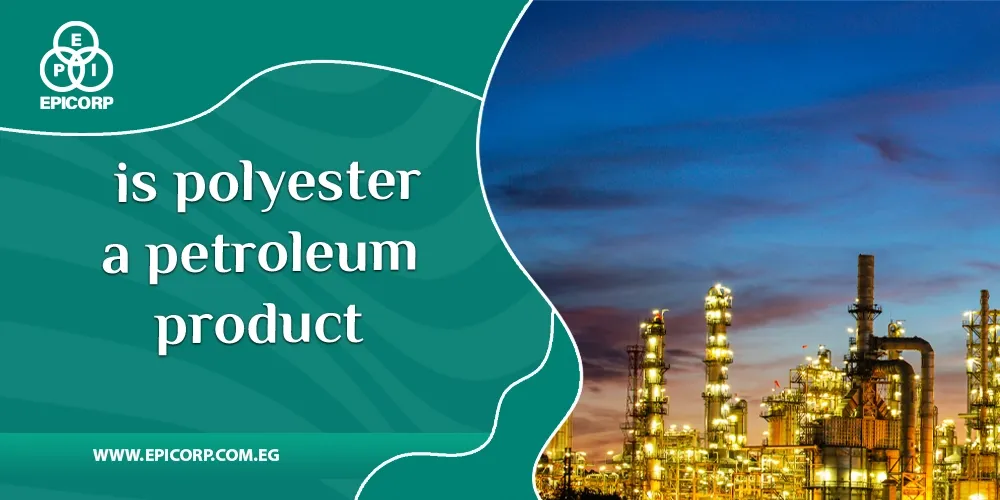Do you know how do natural gas pipelines work? Natural gas pipelines in the world are among the most popular methods of natural gas transportation among exporters and importers. Moreover natural gas transmission piping systems are also designed based on the classification of pipes into three groups of high, medium and low pressure pipes.
With the increasing desire of industrialized countries to import oil and gas, the importance of knowing how do natural gas pipelines work? is becoming more and more clear as one of the most economical methods.
Table of Contents
ToggleHow are gas pipelines built?
Speaking of how do natural gas pipelines work? Natural gas pipelines are typically built through a series of steps. First, a route is planned, considering factors like terrain and regulatory requirements. Then, trenches are excavated along the route. Pipes are laid in these trenches and welded together.
After inspection, the pipeline is lowered into the trench, covered, and tested for integrity. Finally, the pipeline is connected to facilities such as compressor stations for gas transportation. Strict safety and environmental regulations guide the entire process.
How is natural gas transported through pipelines?
When it comes to how do natural gas pipelines work? Natural gas is transported through pipelines using a combination of compression and pipeline infrastructure. So here is the process in detail:
1- Compression:
Natural gas is often compressed at the source or at compressor stations along the pipeline route. Compression reduces the volume of the gas, making it easier and more cost-effective to transport over long distances.
2- Pipeline Infrastructure:
The gas is then transported through an extensive network of pipelines. These pipelines are typically made of steel and are buried underground.
3- Regulating Stations:
Along the pipeline route, there are regulating stations that control the pressure of the gas to ensure it remains within safe and efficient limits.
4- Metering Stations:
These stations measure the amount of gas flowing through the pipeline, providing data for billing and operational purposes.
5- Storage Facilities:
In some cases, natural gas is stored in underground storage facilities along the pipeline route.
how do natural gas pipelines work?
If you are searching for how do natural gas pipelines work? Natural gas pipelines work by transporting natural gas from gas fields to homes, institutions, and factories. The gas is pumped into special pipes called pipelines, which extend through the ground to the places where the gas is distributed.
Natural gas is converted to higher pressure before being transported through pipelines. After the gas reaches homes, institutions, and factories, the pressure is reduced to lower levels, and it is used for cooking, heating, cooling, lighting, and many other purposes.
Is natural gas liquid in pipelines?
And after we got to know how do natural gas pipelines work? Natural gas is typically in a gaseous state when transported through pipelines. In its natural state, at standard temperature and pressure, natural gas is composed mainly of methane and exists as a vapor.
However, in certain situations, such as during transportation or storage, natural gas can be in a liquid state under specific conditions of low temperature and high pressure.
What happens if a natural gas pipeline breaks?
In addition to how do natural gas pipelines work? There are some risks related to this matter. If a natural gas pipeline breaks, it can pose serious safety and environmental risks. Here are potential outcomes:
1- Gas Release:
A break in the pipeline can lead to the release of natural gas into the atmosphere. Natural gas is flammable and can create an explosion risk if it accumulates in confined spaces.
2- Fire or Explosion:
If the released gas comes into contact with an ignition source, it can ignite and lead to fires or explosions.
3- Environmental Impact:
Gas releases can have environmental consequences, affecting air and water quality.
4- Evacuations:
Authorities may need to evacuate nearby residents to ensure their safety in the event of a significant pipeline break.
Read also: Petroleum Industry Definition.
Can the gas pipeline be repaired?
Yes, gas pipelines can be repaired. The specific repair process depends on the nature and extent of the damage.After we got to know
how do natural gas pipelines work? here is how to repair damaged in gas pipelines:
1- Identifying the Damage:
Before repairs can begin, the location and extent of the damage must be identified.
2- Isolating the Section:
If possible, the affected section of the pipeline is isolated to stop the flow of gas.
3- Excavation:
If the damaged section is underground, the area around the pipeline is excavated to expose the damaged portion.
4- Repair or Replacement:
Depending on the severity of the damage, repairs may involve welding, patching, or replacing the damaged section of the pipeline.
5- Testing:
After repairs, the pipeline undergoes testing to ensure its integrity.
Conclusion
Pipelines are used to collect and transport oil or gas products from the source to processing plants or storage tanks. They are usually fed by “flow lines” and each is connected to individual wells in the ground.
In addition, subsea pipes used to collect products from deep-sea transportation platforms are included in this category. In the process of researching a lot about how do natural gas pipelines work at EPICORP, we have answered all the questions related to gas Pipelines.
FAQ
What is the natural gas pipeline's temperature?
The temperature of natural gas in a pipeline can vary depending on factors such as location, weather conditions, and pipeline design. Generally, natural gas is transported in pipelines at ambient temperatures, meaning the temperature of the surrounding environment.
How quickly does natural gas move via a pipeline?
The speed at which natural gas travels through a pipeline can vary based on factors such as pipeline diameter, pressure, and specific conditions. Generally, natural gas moves at a speed ranging from about 15 to 30 kilometers per hour (10 to 20 miles per hour) in transmission pipelines.
Are natural gas pipelines underground?
In addition how do natural gas pipelines work, natural gas pipelines are typically buried underground. This is done for several reasons: safety, environmental impact and temperature stability as underground pipelines allow for continued use of the land above, whether for agriculture, development, or other purposes.



